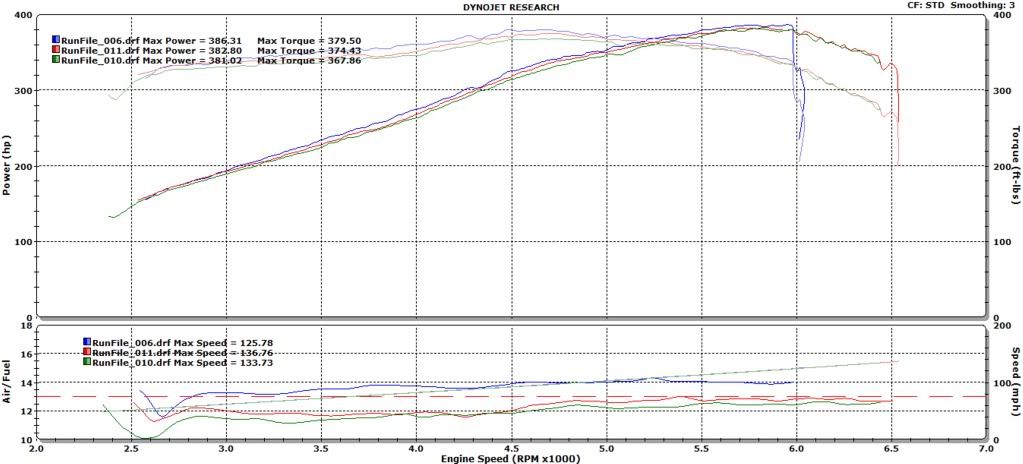I used to teach a basic Science class. This is from my class." When measuring work two factors must be considered:Force and distance. The amount of work done is equal to the product of force times distance. The resulting unit of work is expressed as foot-pounds, or torque."
"In a series of experiments, the English inventer, James Watt found that a dray hourse could continue for a reasonble length of time to work at the rate of 550 ft-lbs per second. The formula for calculating HP is Torque divided by 550 times time (seconds) or FT.-LBS / 550x seconds."
You cant get horsepower without torque. Torque gets you of the line, horsepower gets you topend. Which is more important? Hotrodders have been arguing about this for longer than Ive been alive. Personally I like more torque, over horsepower, but I also ride a Harley, which is all torque.
"In a series of experiments, the English inventer, James Watt found that a dray hourse could continue for a reasonble length of time to work at the rate of 550 ft-lbs per second. The formula for calculating HP is Torque divided by 550 times time (seconds) or FT.-LBS / 550x seconds."
You cant get horsepower without torque. Torque gets you of the line, horsepower gets you topend. Which is more important? Hotrodders have been arguing about this for longer than Ive been alive. Personally I like more torque, over horsepower, but I also ride a Harley, which is all torque.

